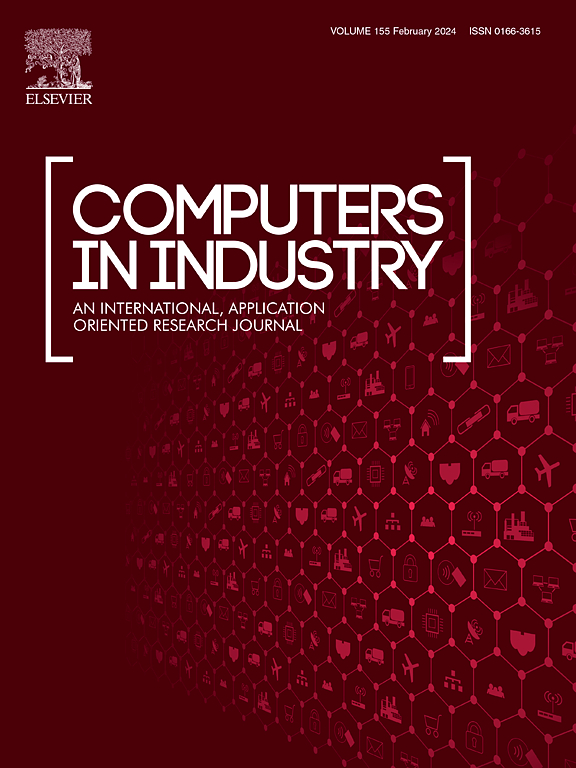Collaborative fault tolerance for cyber–physical systems: The detection stage
IF 8.2
1区 计算机科学
Q1 COMPUTER SCIENCE, INTERDISCIPLINARY APPLICATIONS
引用次数: 0
Abstract
In the era of Industry 4.0, fault tolerance is essential for maintaining the robustness and resilience of industrial systems facing unforeseen or undesirable disturbances. Current methodologies for fault tolerance stages namely, detection, diagnosis, and recovery, do not correspond with the accelerated technological evolution pace over the past two decades. Driven by the advent of digital technologies such as Internet of Things, cloud and edge computing, and artificial intelligence, associated with enhanced computational processing and communication capabilities, local or monolithic centralized fault tolerance methodologies are out of sync with contemporary and future systems. Consequently, these methodologies are limited in achieving the maximum benefits enabled by the integration of these technologies, such as accuracy and performance improvements. Accordingly, in this paper, a collaborative fault tolerance methodology for cyber–physical systems, named Collaborative Fault * (CF*), is proposed. The proposed methodology takes advantage of the inherent data analysis and communication capabilities of cyber–physical components. The proposed methodology is based on multi-agent system principles, where key components are self-fault tolerant, and adopts collaborative and distributed intelligence behavior when necessary to improve its fault tolerance capabilities. Experiments were conducted focusing on the fault detection stage for temperature and humidity sensors in warehouse racks. The experimental results confirmed the accuracy and performance improvements under CF* compared with the local methodology and competitiveness when compared with a centralized approach.
求助全文
约1分钟内获得全文
求助全文
来源期刊

Computers in Industry
工程技术-计算机:跨学科应用
CiteScore
18.90
自引率
8.00%
发文量
152
审稿时长
22 days
期刊介绍:
The objective of Computers in Industry is to present original, high-quality, application-oriented research papers that:
• Illuminate emerging trends and possibilities in the utilization of Information and Communication Technology in industry;
• Establish connections or integrations across various technology domains within the expansive realm of computer applications for industry;
• Foster connections or integrations across diverse application areas of ICT in industry.
 求助内容:
求助内容: 应助结果提醒方式:
应助结果提醒方式:


